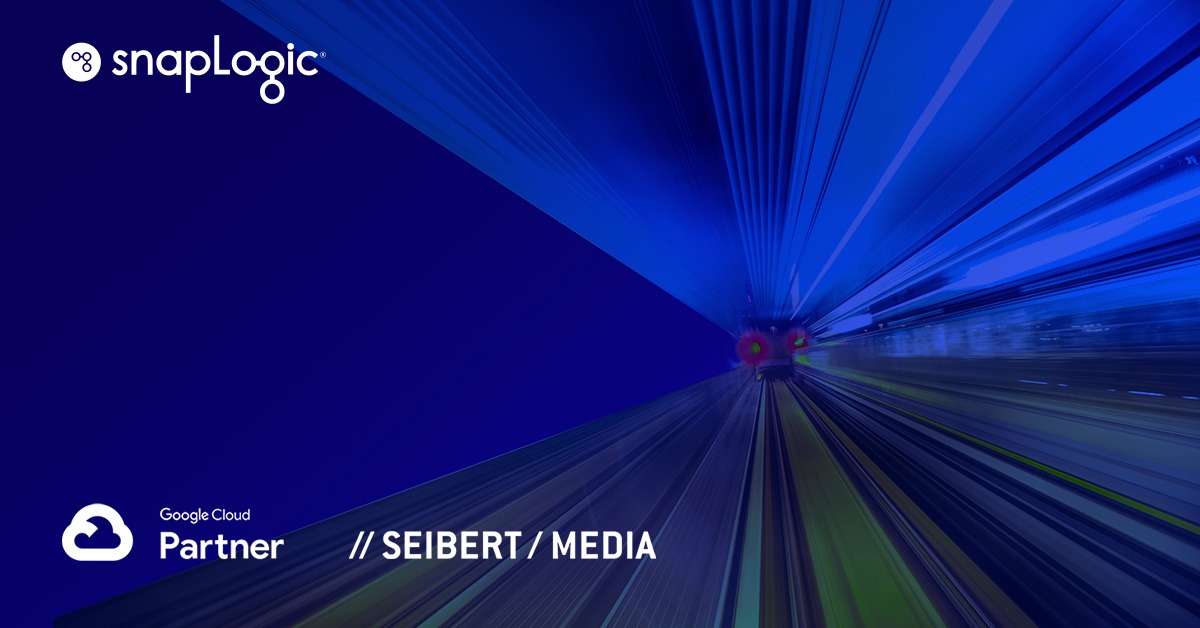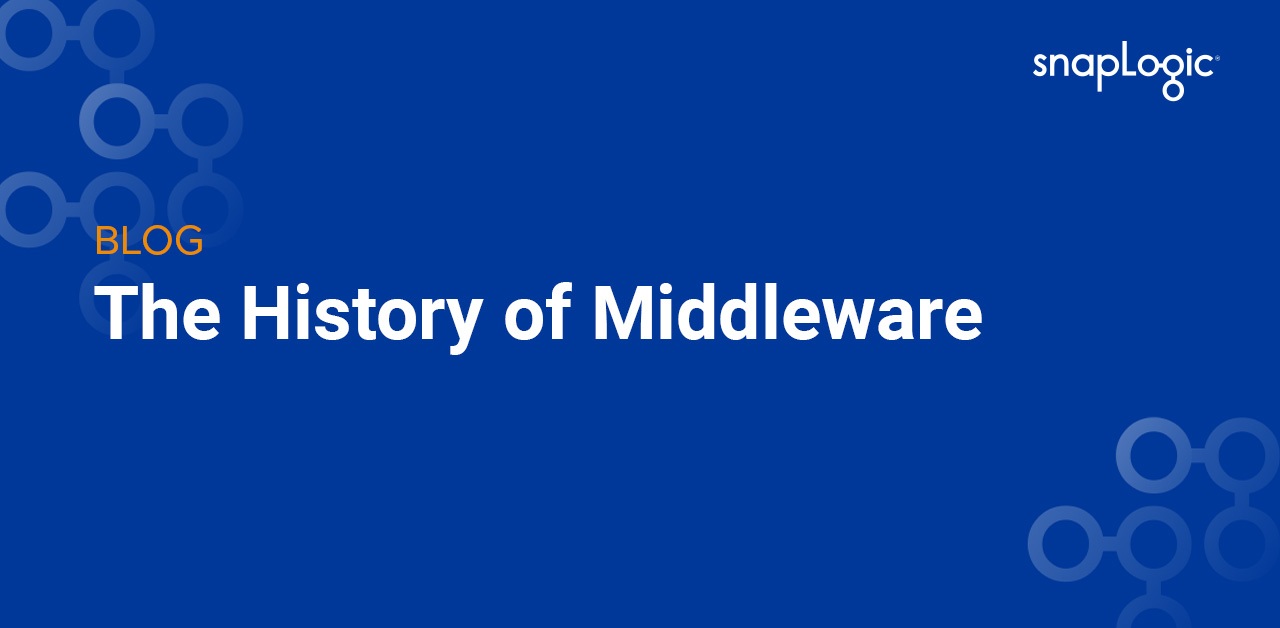If you’re going to have a discussion about the future of data in the enterprise, there are few opportunities more valuable than an event hosted by Google Cloud at their offices in Munich, Germany. Needless to say, we were among some of the most preeminent authorities on the subject for a day of all things data.
The day’s sessions focused on the next phase of data in business, including topics such as cloud architecture, AI, analytics, and more. But for all the exciting new developments in data, there are challenges that accompany these changes. Across industries and regions, CIOs and data professionals are trying to manage the cost and effort of any number of issues, including:
- Increased variety and velocity of data
- Unempowered users of data applications
- A mounting number of applications in use across the company
- Overextended IT departments
- Increased requests to integrate applications and data
- Unsustainable business processes and a lack of automation
From SnapLogic, Markus Pentzek presented, along with Johnnie Clapper from our implementation partner, Seibert Media, who offered our view on the current state of data, and what’s on the horizon. We also had CIO Erhard Simdorn from our customer, DFV, give his insights in a fireside chat hosted by Marijana Vukman.
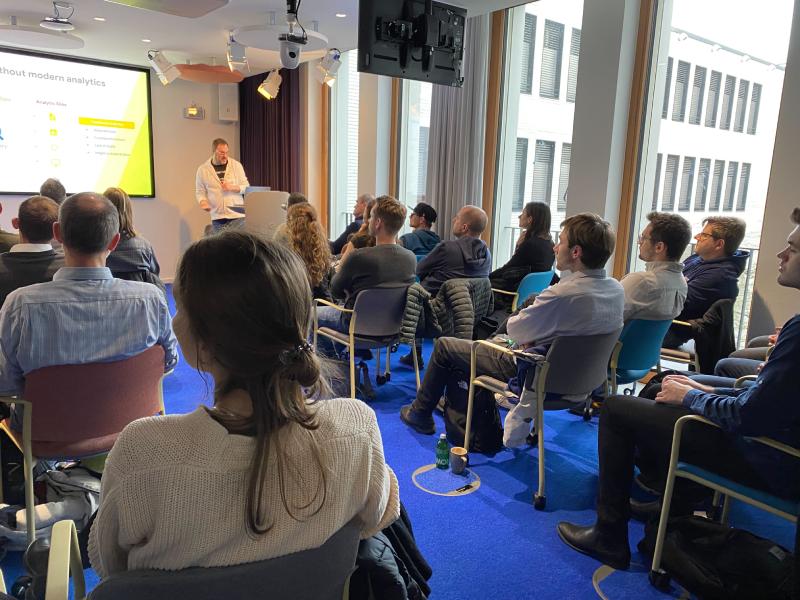
The “Modern Data Stack” has become unmanageable
Just as moving to the cloud was once seen as the new frontier, the Modern Data Stack (MDS) is made up of technologies and applications that have wildly advanced business processes and automation. However, the MDS is somewhat ironic, because it’s often lacking the “modern” architecture it requires to be as useful as it’s intended to be.
The support structure of the modern data stack has become unwieldy, for reasons that generally fall into one of these 3 categories:
1. Resource demands and constraints
With every new tool comes more responsibility, but it doesn’t mean the ability to hire more people. It takes work to implement and manage each new tool, and successfully incorporate it into business processes before the next new app comes along.
2. Technical complexity and maintenance
As companies start to automate one process, they’re searching for and onboarding new tools and solutions to solve point-to-point problems within larger initiatives. Each new tool adds new friction points and integration challenges to the MDS, and requires more time from technical teams to implement, maintain and renew every year.
3. Increased costs, less ROI
Technology is expensive to operate. From procurement costs to onboarding fees, data integration, orchestration and exporting costs, analytics tools, service providers, and more, the bottom line has become harder to attain. In fact, when it comes to data processing fees, 1 in 4 IT professionals have no idea how much they’re spending.
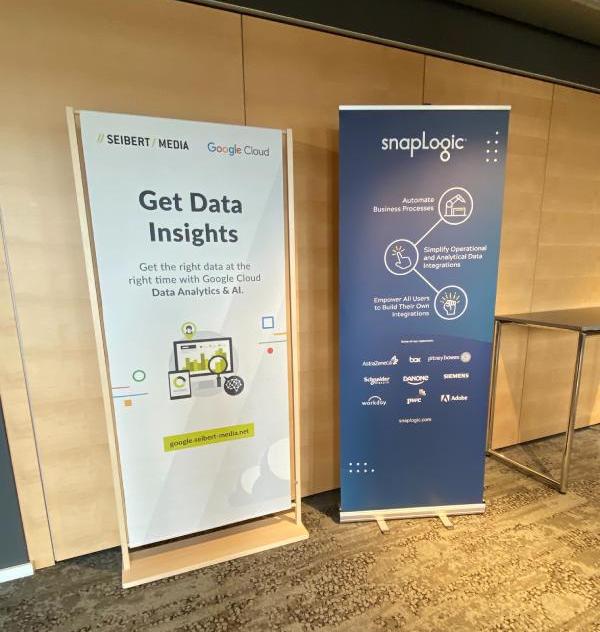
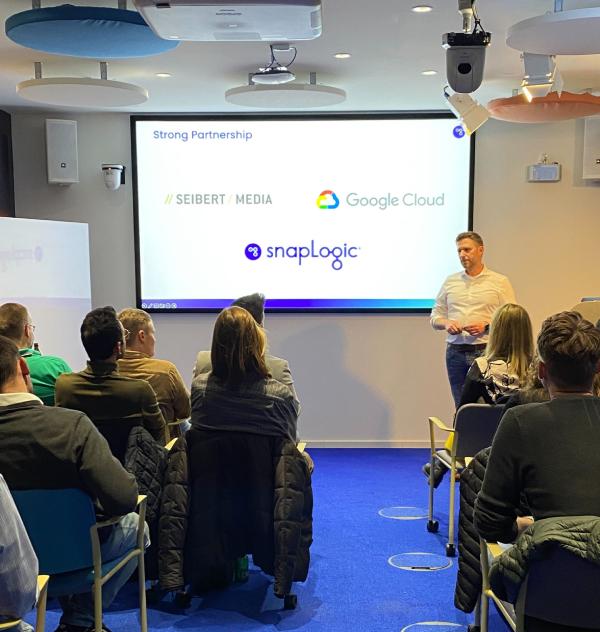
How to simplify and optimize your data stack
Luckily, the future of the MDS looks bright. And that’s what we discussed at Google Cloud’s office in a session co-presented with our technology implementation partner, Seibert Media.
SnapLogic’s data integration and automation solutions provide the necessary backbone to simplify your data stack and address the labor-intensive, technical and costly hurdles to building a data ecosystem of the future.
- Dedicate sufficient resources where they’re most effective
- Empower non-technical staff with access to data tools
- Rein in operational costs and advance business objectives
Learn more about SnapLogic’s integration capabilities with Google Cloud Platform on our partner page, or find us on the Google Cloud Marketplace.
Prost!





